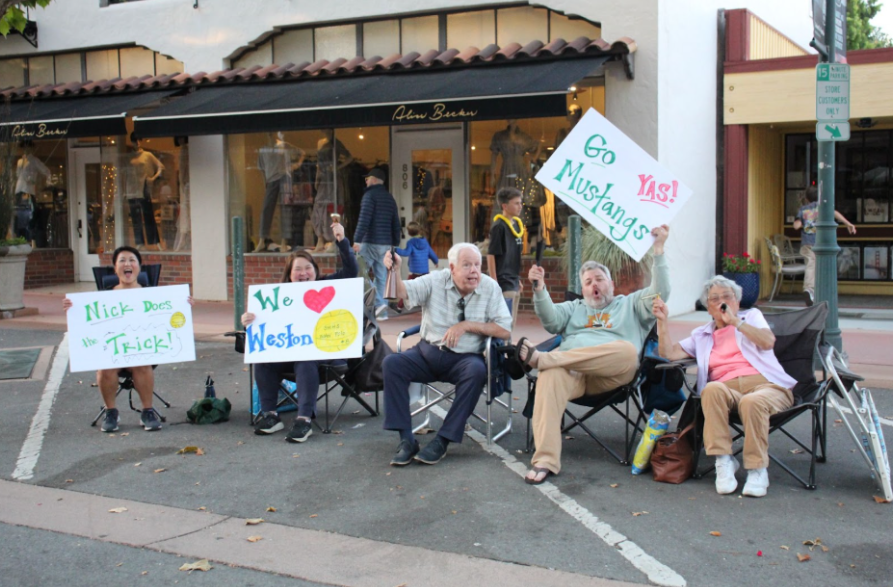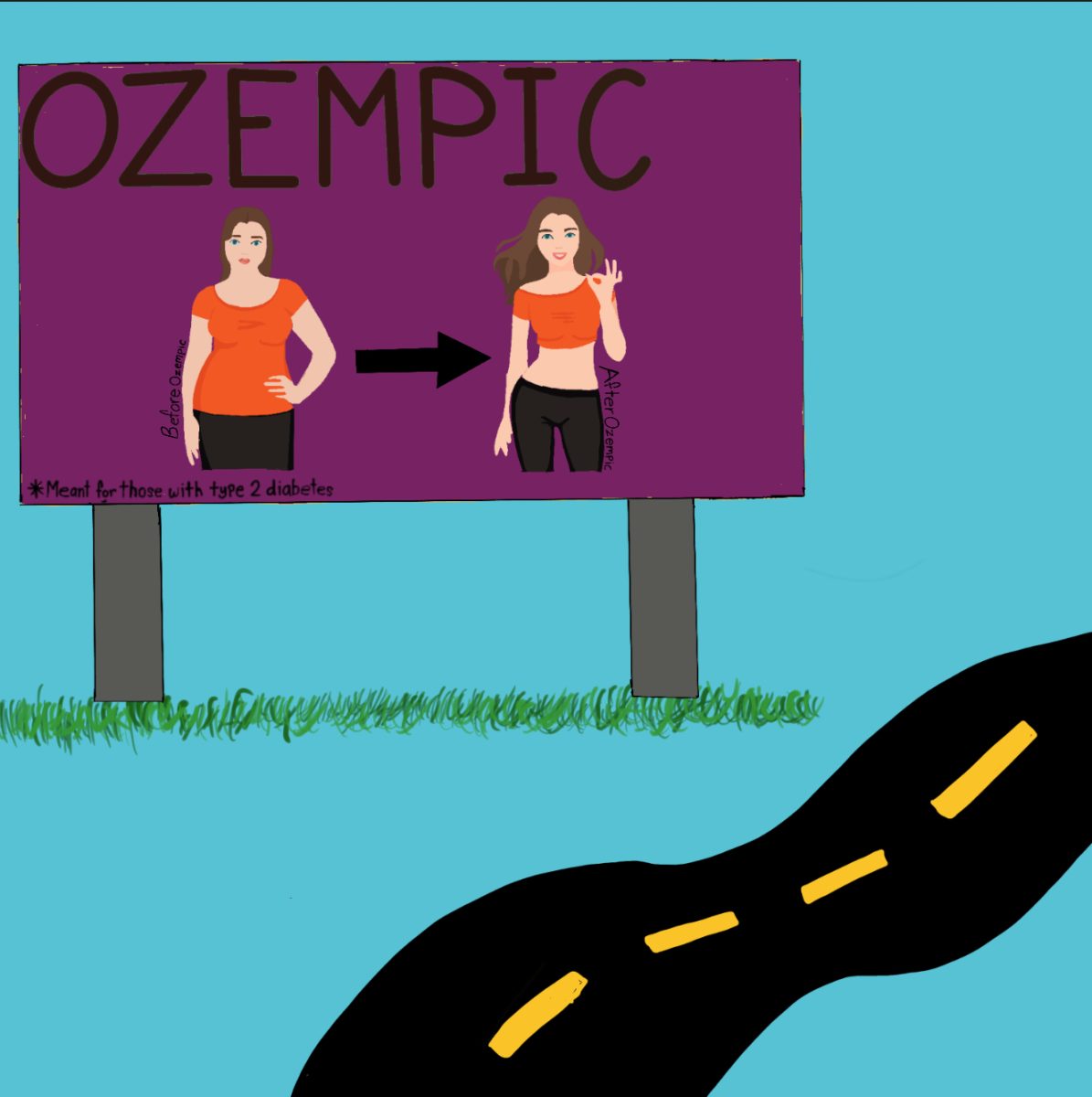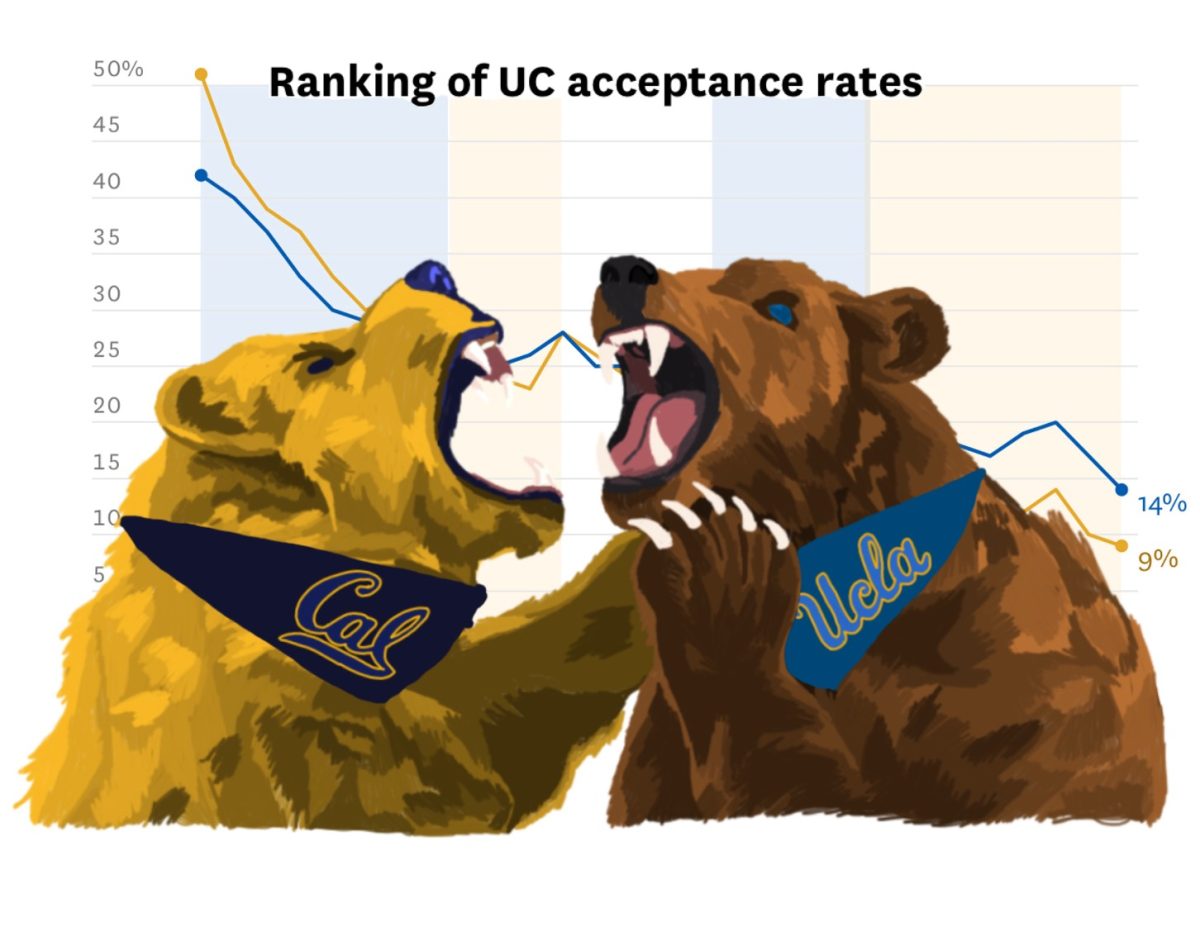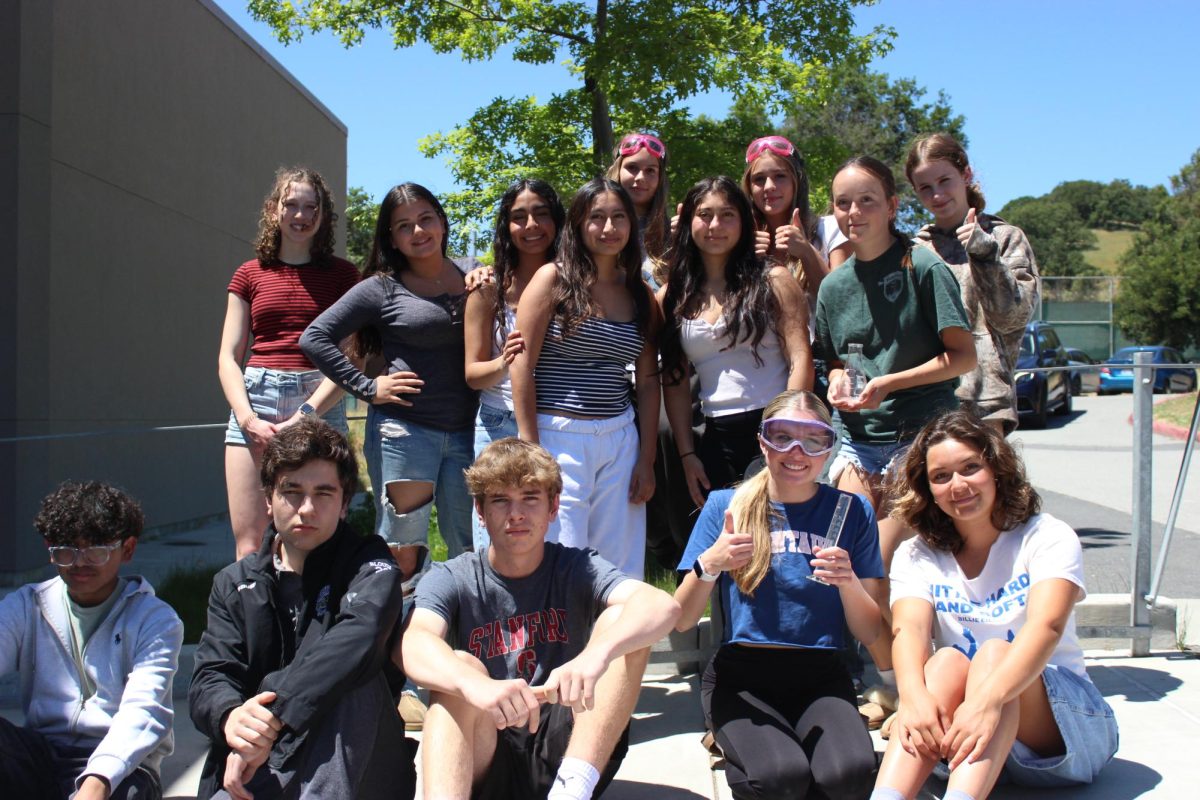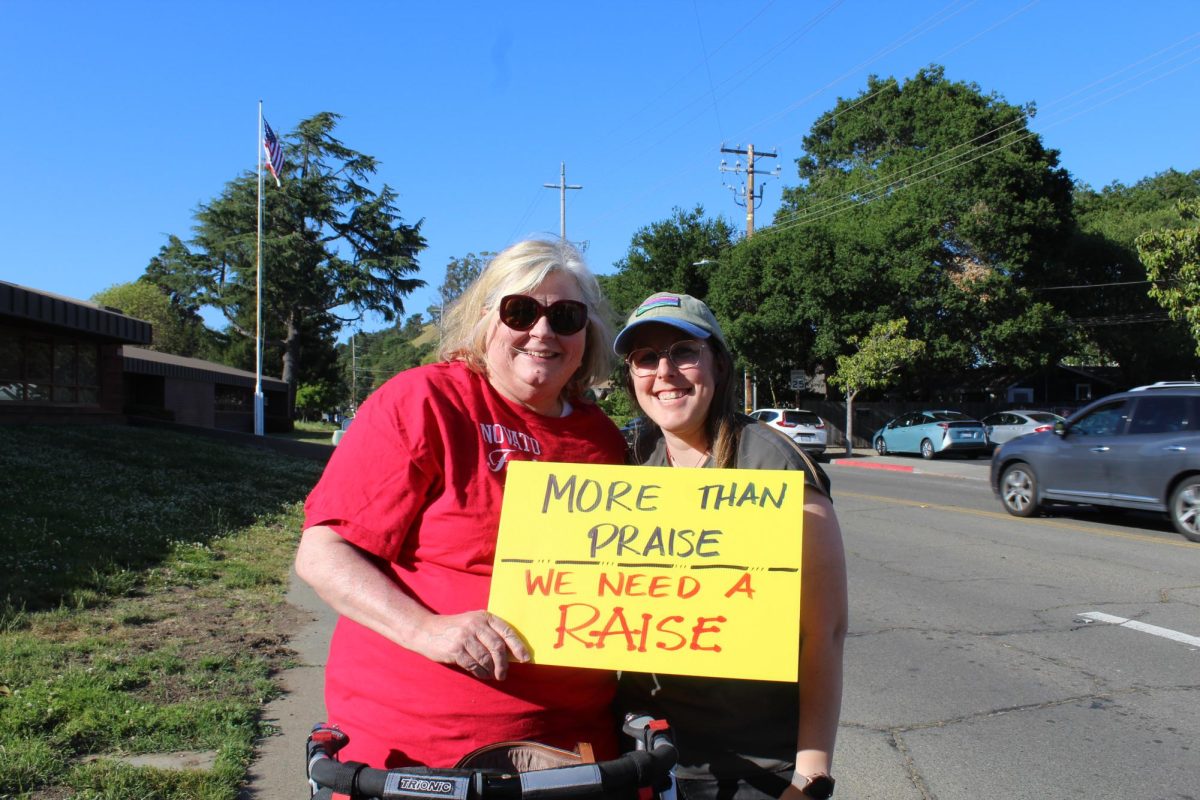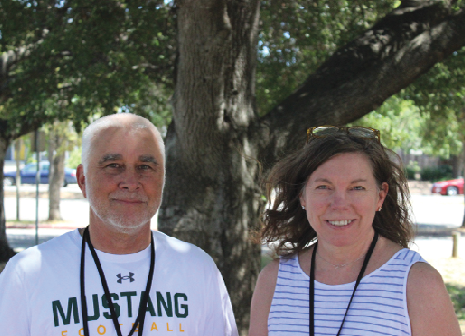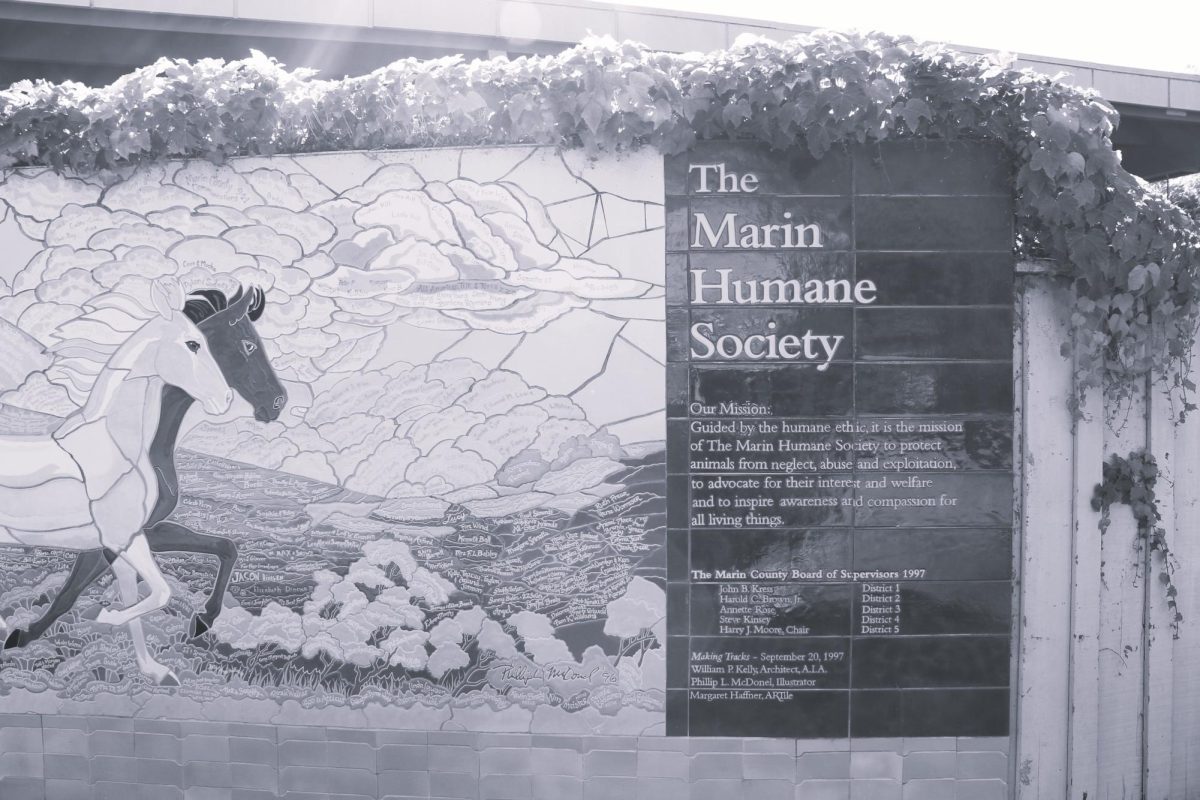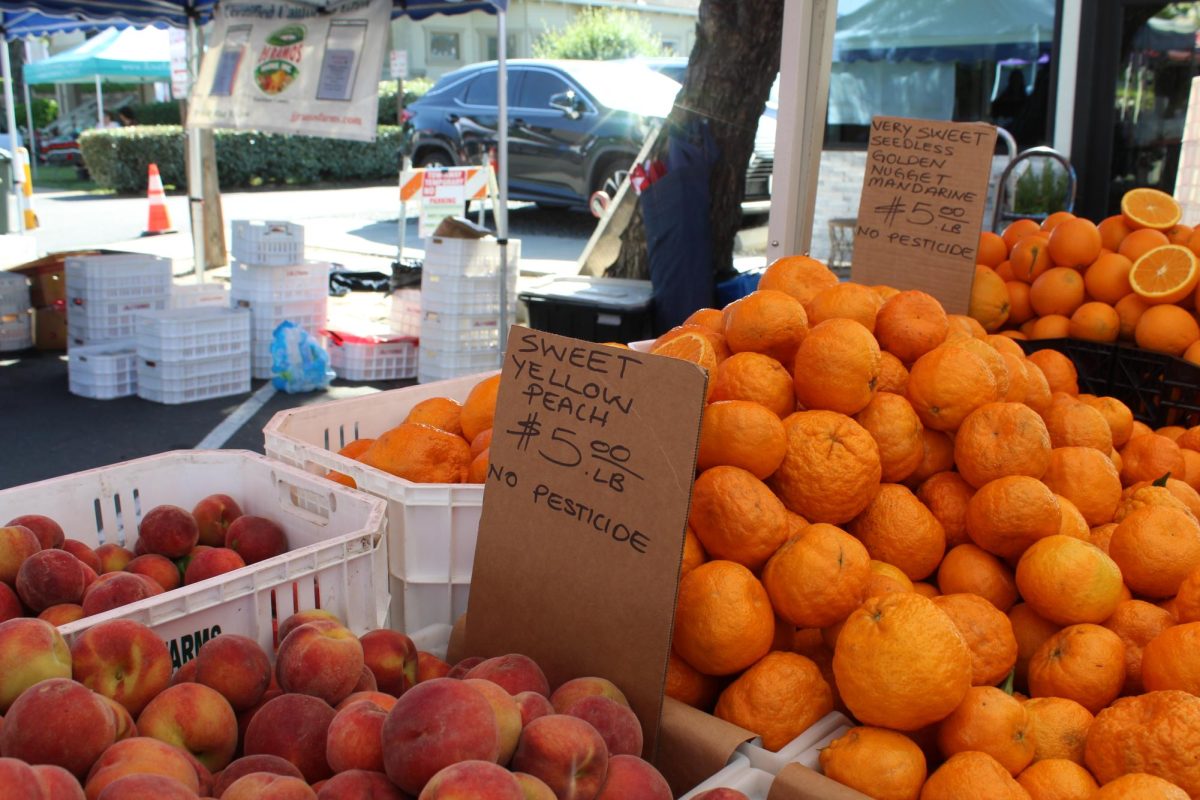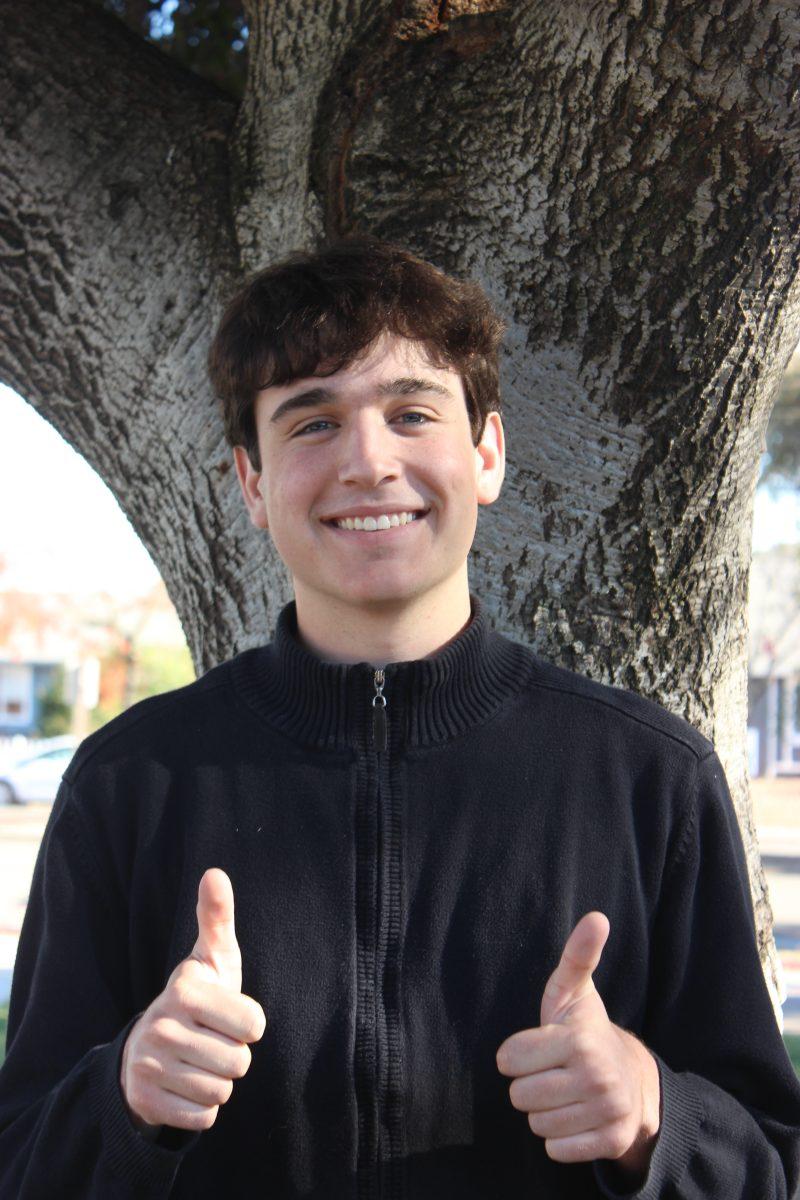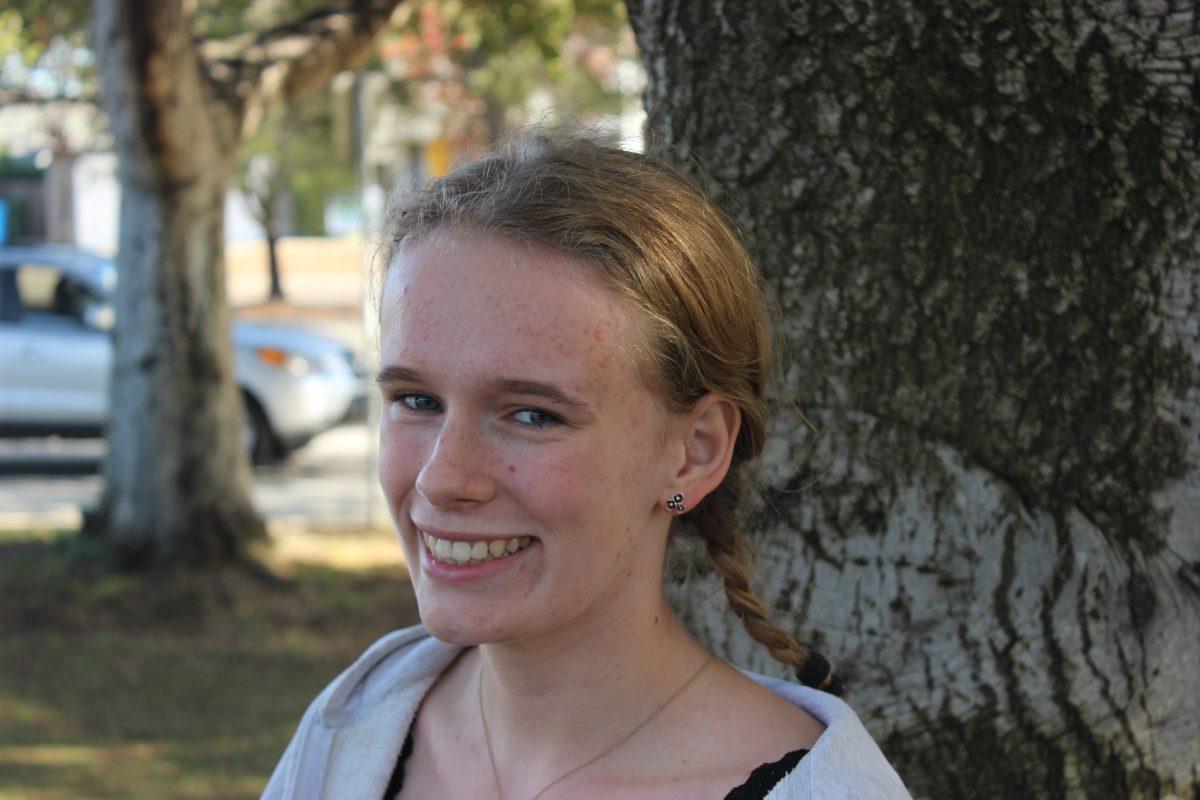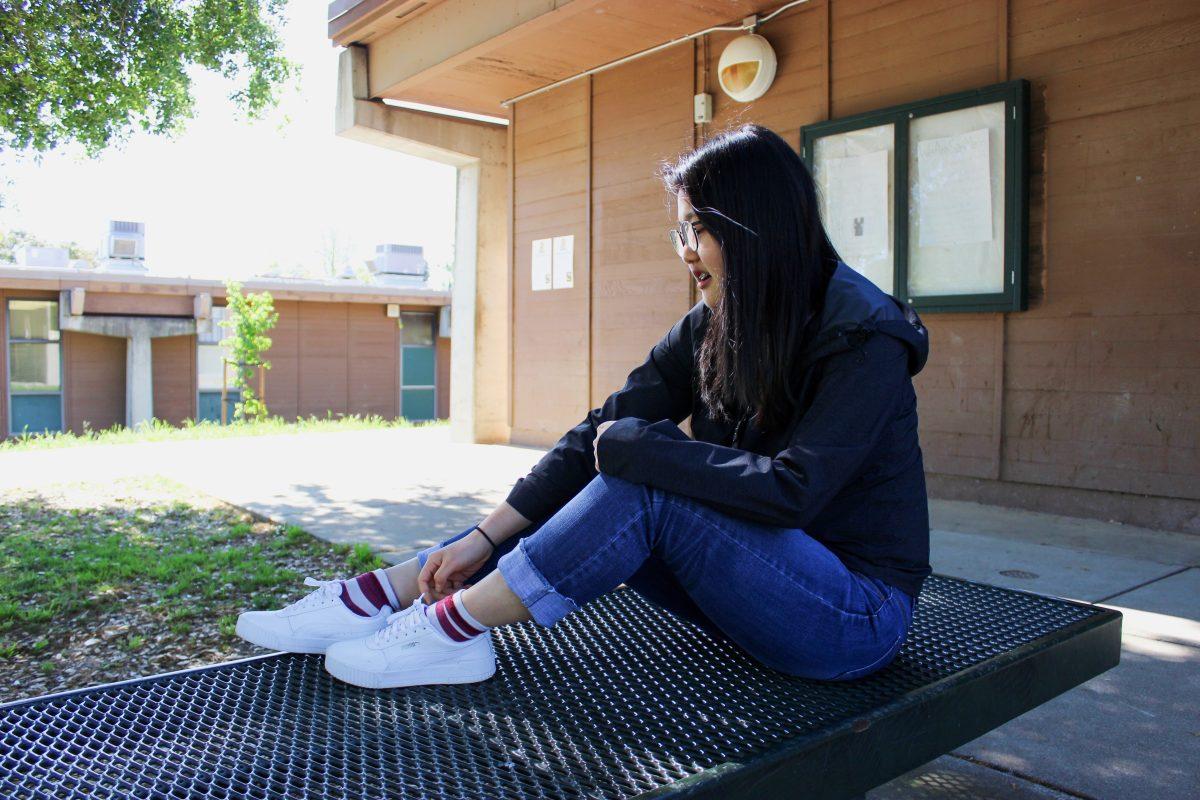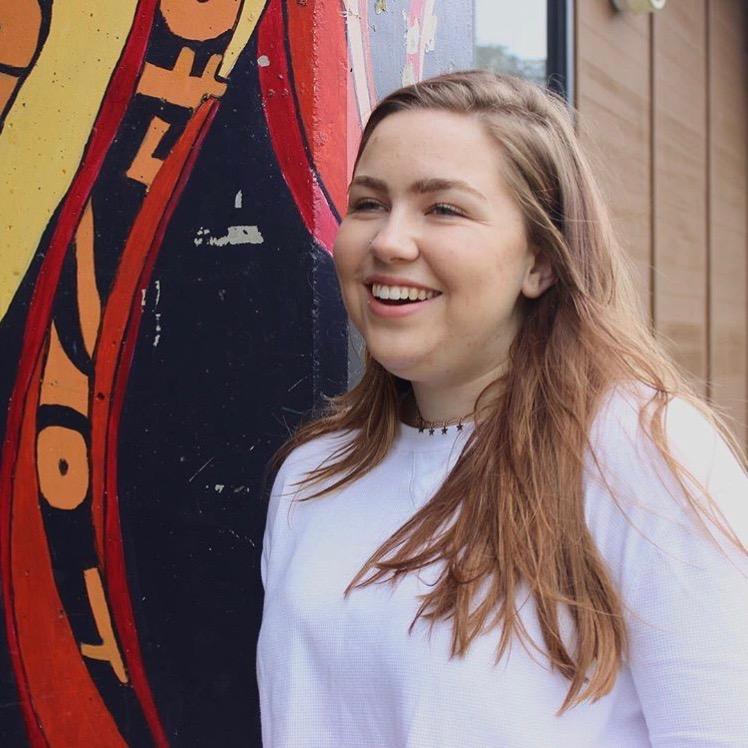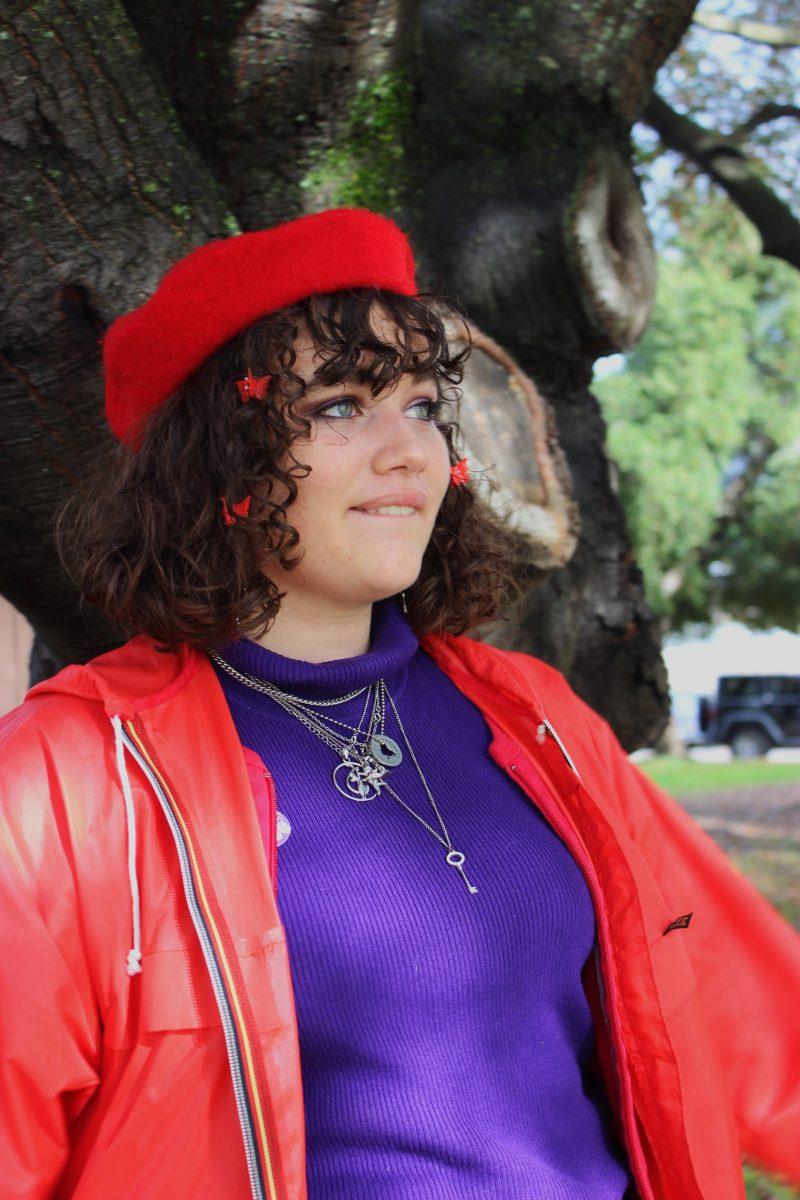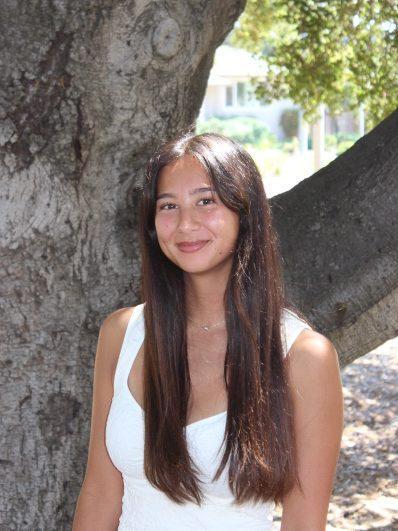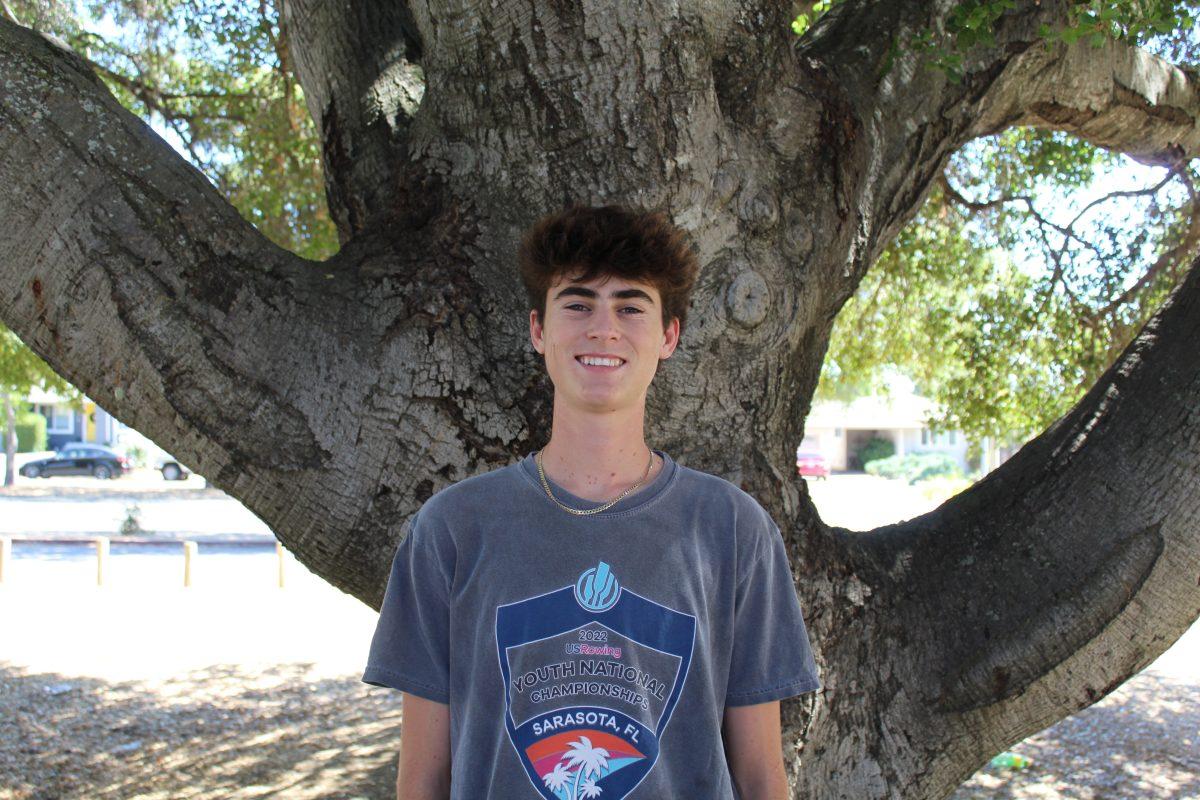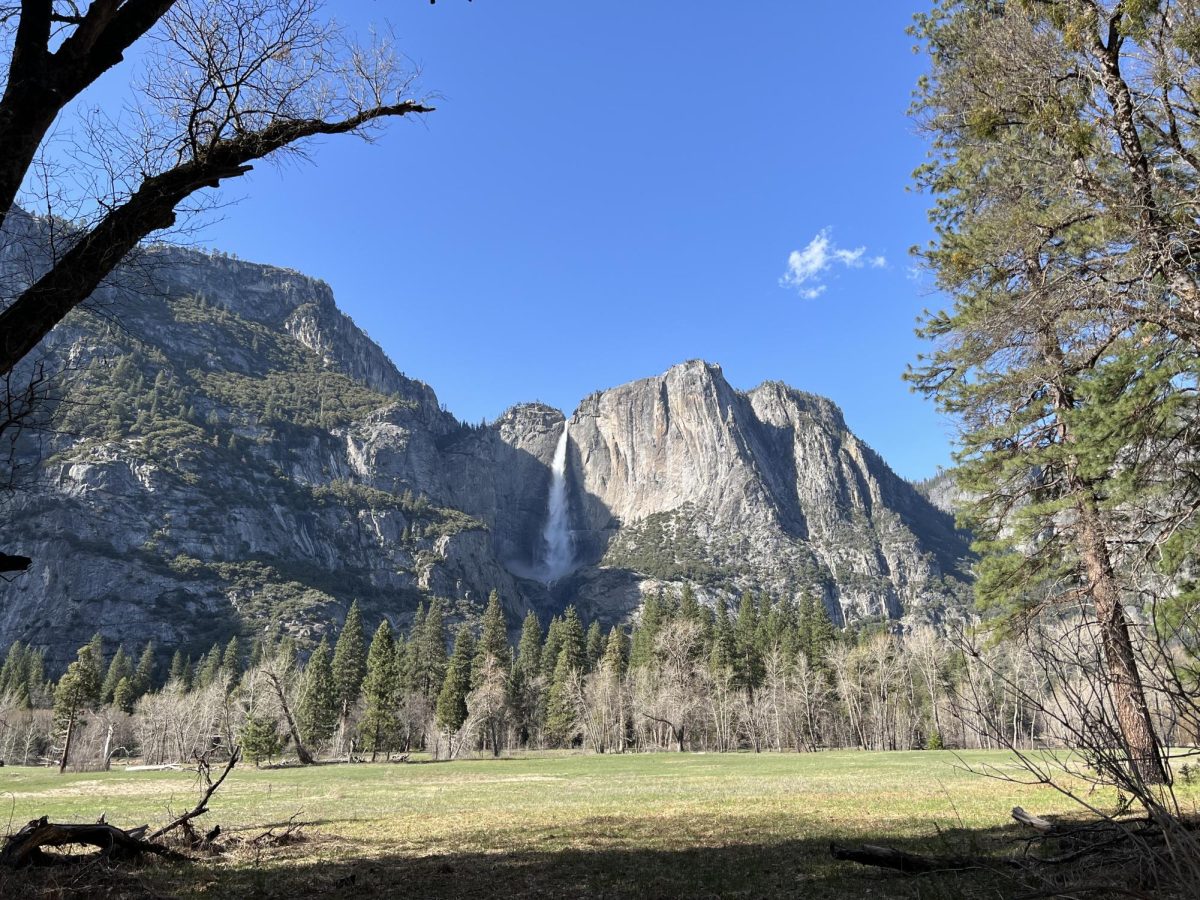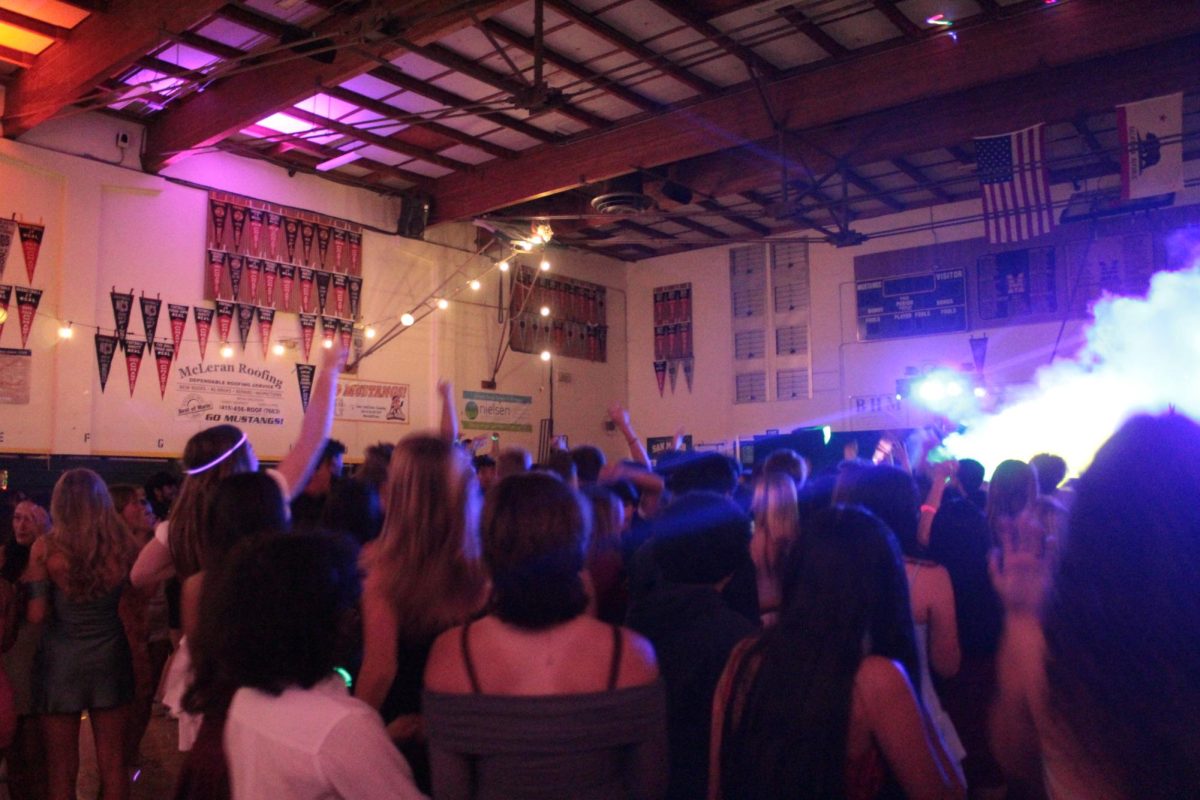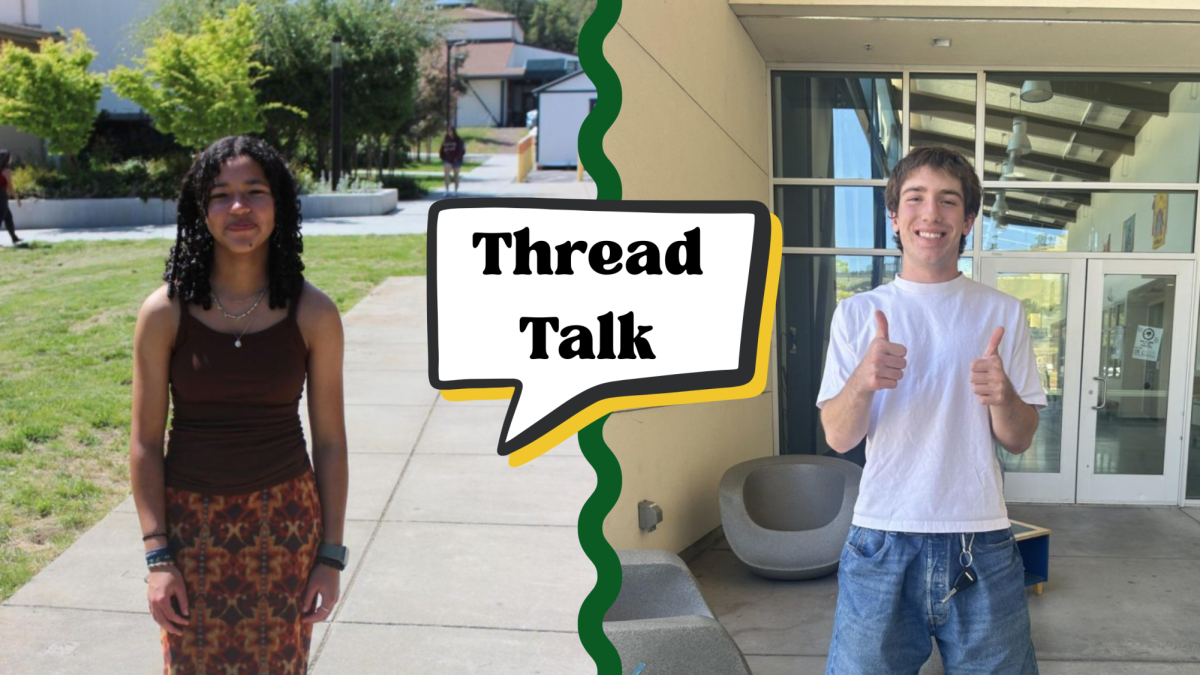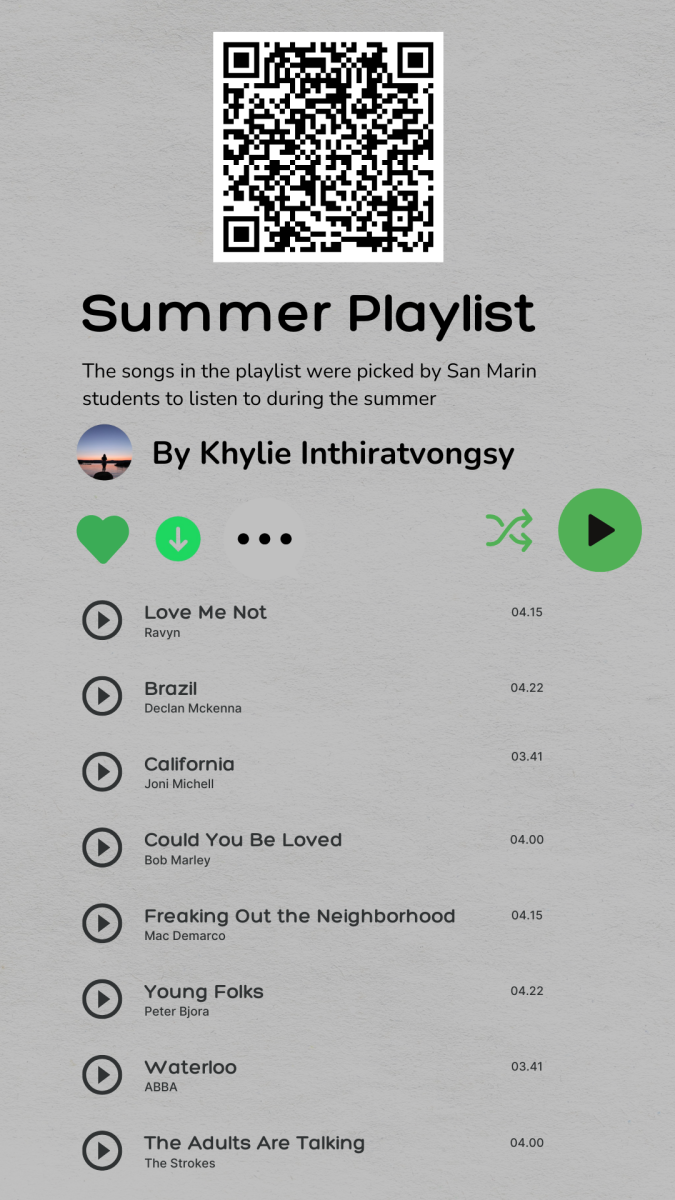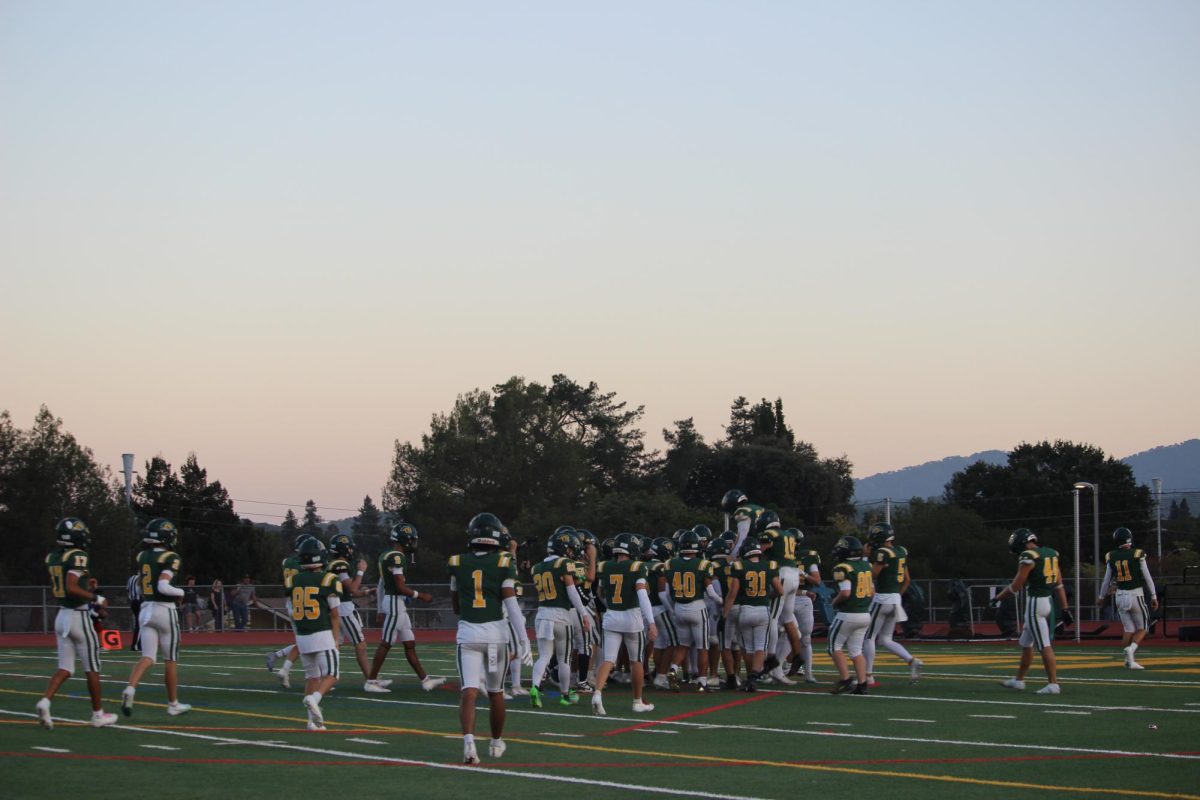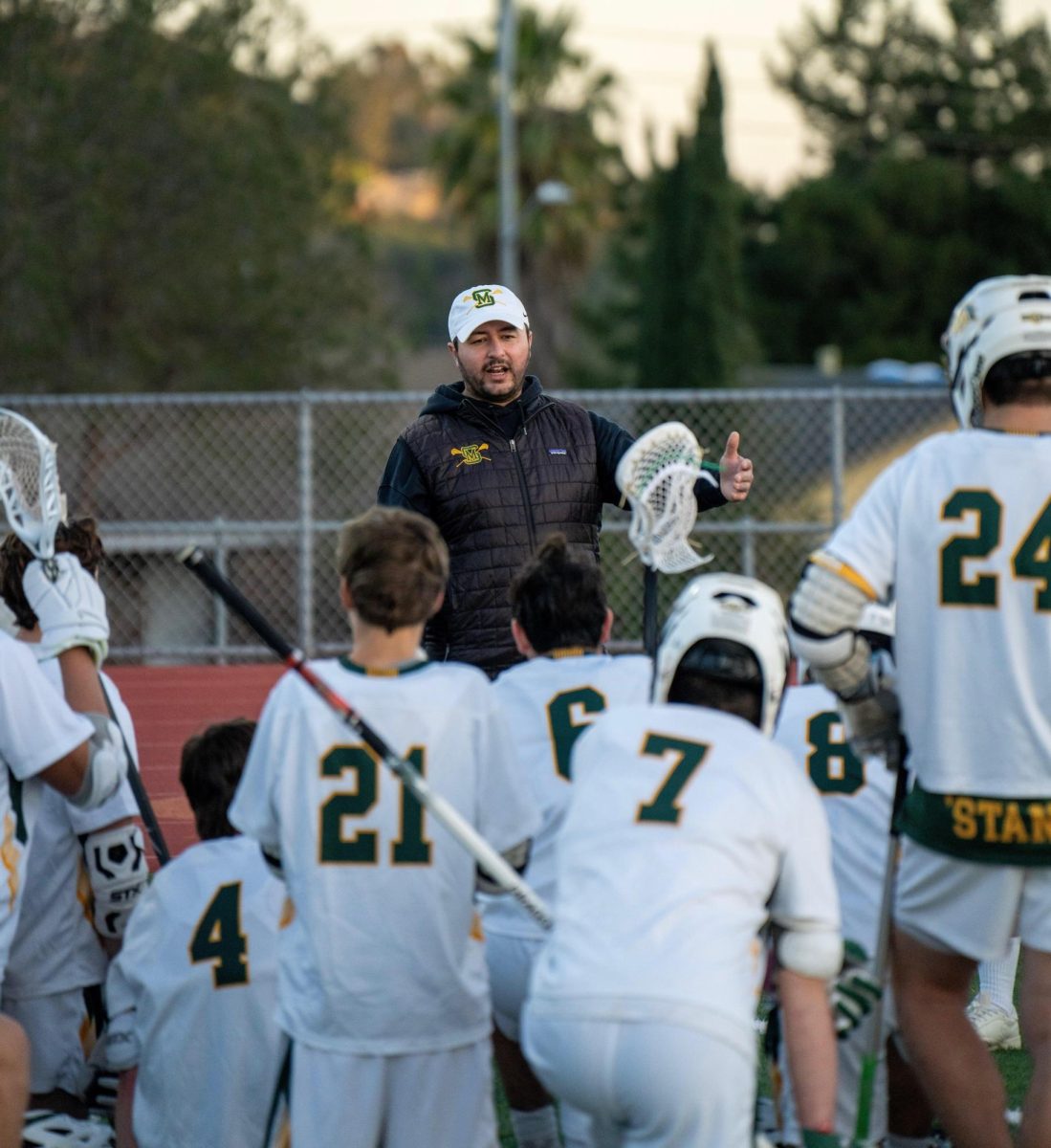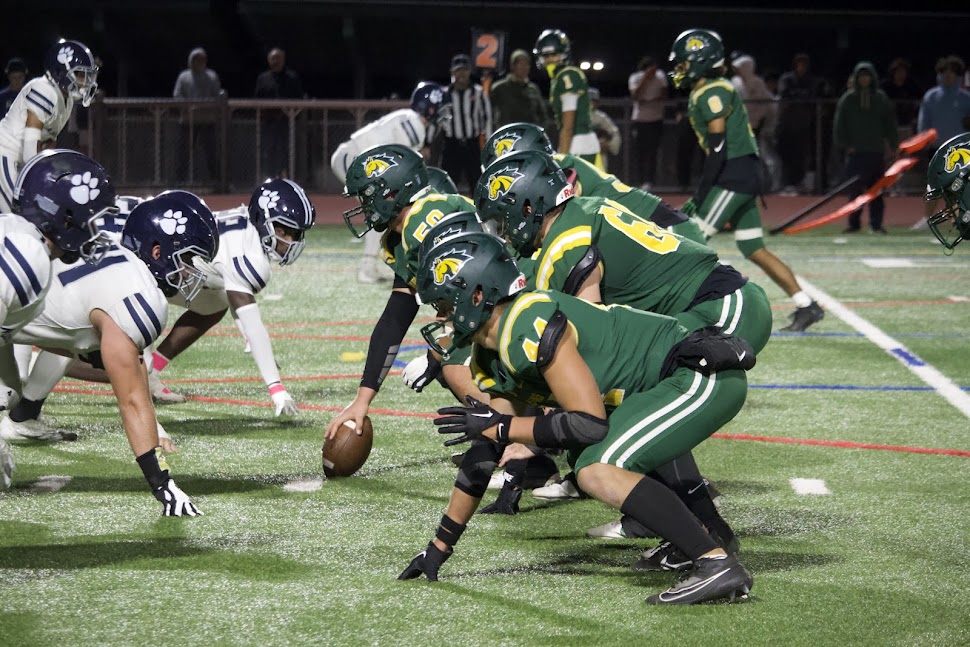Ever since the rekindling of the Black Lives Matter movement (BLM), racism and racial injustice across the nation has been brought to light. San Marin’s administration has made efforts to implement systems to promote positive change on campus, such as the creation of the Anti-Racist Resolution, and more work by the Race Relations Coalition. In addition, there have been efforts to get rid of the zero racism tolerance policy by encouraging conversations and opportunities for students and staff to learn from their actions. This approach allows students and staff to learn from their behavior instead of facing an immediate punishment. Despite the recent efforts to reform racial systems and atmosphere on campus, San Marin has a deep rooted history in racism and racial inequality.
Until it was banned in 1992, one of San Marin’s spirit days was “slave day,” in which “slaves were bought on the previous Friday in the gym.” According to the 1984 yearbook, students dressed in tattered clothing and chains, to be “auctioned” to other students or “participate in mud wrestling.” These traditions have led to a reputation and culture associated with racism that surrounds San Marin. Restorative Practices Practitioner, Phoebe Smith, works closely with Black Indigenous People of Color (BIPOC) students at San Marin, along with the community as a whole. She was a student in the NUSD school district during the 80’s, and has shared her feelings regarding past years of racial injustice.
“The impact I felt as a student in this district in the 80’s was unwelcomed and marginalized,” Smith said. “In my new job as a Restorative Practices Partitioner, I want to make sure no one else has that experience in our schools. All history provides us the opportunity to do better than those that came before us and inform us on how to leave the world better than we found it.”
Students of color on campus such as America Diaz feel that racial conflicts still persist. Diaz shared her opinion regarding specific cultures being misrepresented or underrepresented by the school.
“Ever since I have been attending San Marin, our culture has not been incorporated into the curriculum, and I wish our history was taught in other aspects of school, not just in the Spanish classes,” Diaz said. “We need to inform students on what is considered culturally insensitive.”
Diaz in feels that San Marin underrepresents different cultures in school activities such as spirit days.
Vice Principal Katie Waller works closely with students and is aware of San Marin’s history with racism.
“The struggles that have been brought to life after George Floyd’s death and the Black Lives Matter Movement have caused all of us to pause and reflect,” Waller said. “This issue is much larger than just San Marin, it is a national call to attention and it takes everyone chipping in from the community for change to be created.”
One of the first policies San Marin enforced was revamping the student handbook by adjusting the proclamation to include anti-racist education. This support has come from the Novato Unified School District (NUSD), the Race Relations Coalition led by Smith and junior Mahalia Morgan, and the San Marin Equity Team, also led by Smith along with Philosophy and English teacher Wesley Swedlow.
“One of the most important things is making sure that we are communicating the importance of that proclamation to all of the students here,” Waller said. “We want to be transparent about certain things that could negatively impact a student’s record, and being involved in racist harassment will lead to the harshest consequences.”
Contrary to the statement from Waller, according to an anonymous student of color, they feel discriminated against and subject to bigotry on campus after an incident with administration.
“I was asked, ‘What is your street name? What are you called on the street? What is your rapper name?’ because of the color of my skin,” an anonymous student said. “I was surprised and confused. Why did they assume I had a street or other name?”
The anonymous student felt insulted, as they are currently taking AP classes and according to their teachers, work hard to do well in school.
“I want to go to UC Berkeley, but there is still an assumption made about me that I’m in a gang because of my skin color,” an anonymous student said.
According to other students of color, this is not an isolated incident on campus when it comes to racial-related conflicts, whether it is between administrators or students. Some students of color feel underrepresented and stereotyped by administrators causing tensions from continuous discrimination.
